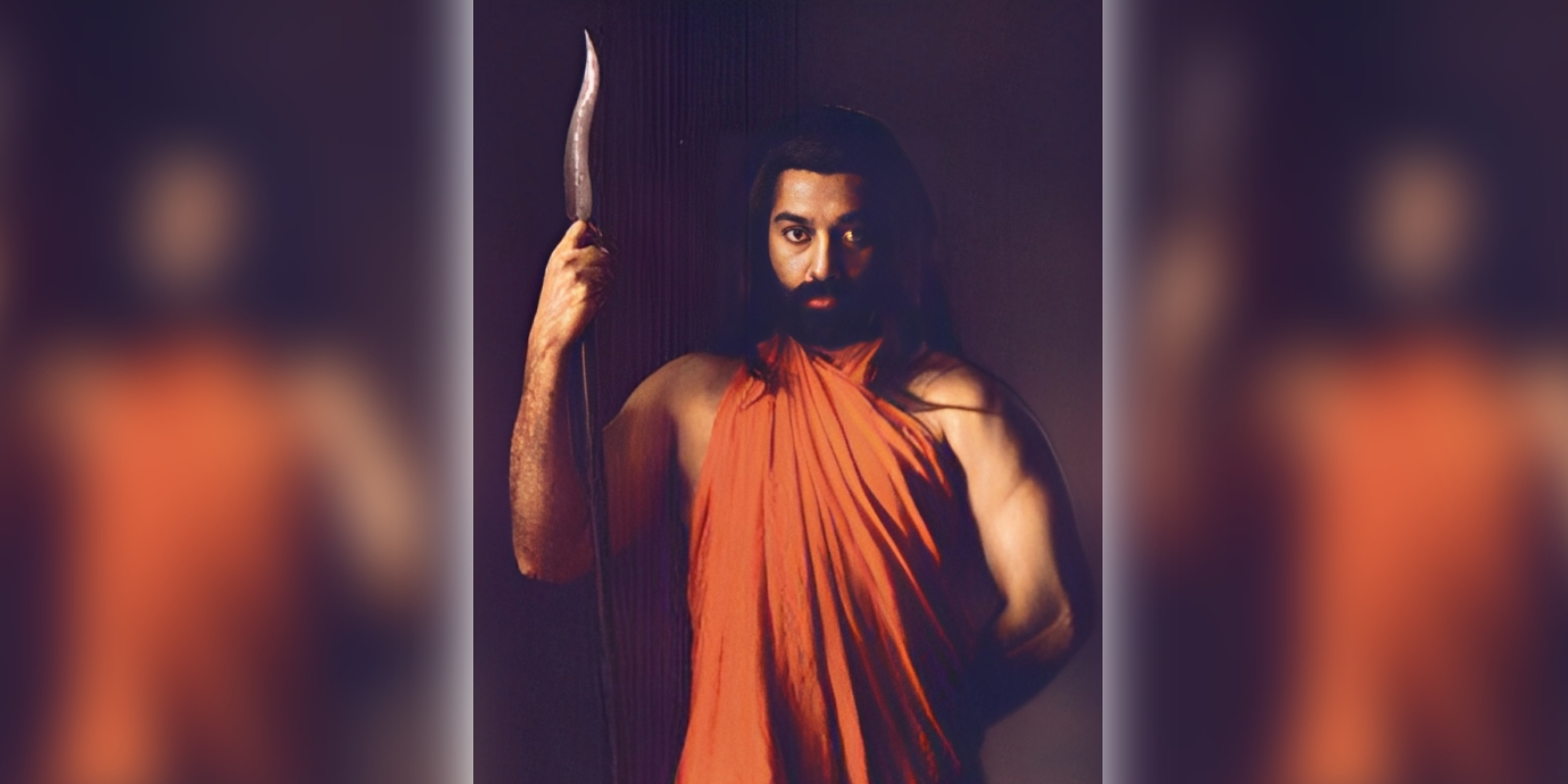Maruthanayagam aka Muhammad Yusuf is the man to whom the credit for having fought India's First War of Independence must go.

Kamal Haasan as Maruthanayagam. (Twitter)
As India is all set to celebrate Independence Day on Tuesday, 15 August, here’s a real story that not many of us Indians know about.
It’s the story of Marudhanayagam — a warrior, a military genius, a shrewd and capable administrator and arguably the man to whom the credit for having fought India’s First War of Independence must go.
No wonder that actor Kamal Haasan’s dream project titled Marudhanayagam is based on his life. Yes, the man we are talking about is Maruthanayagam aka Yusuf Khan.
This rebel commander’s tale is so fascinating and his courage and skills so brilliant that even his enemies confess finding it difficult not to admire him.
While many have been led to believe that the Sepoy Mutiny in Meerut — which took place in 1857 — is India’s First War of Independence, there are several who believe that Maruthanayagam actually took on the British almost 100 years ago before this development occurred.
Although his life is full of significant developments, here are some highlights.
The brilliant commander that he was, Maruthanayagam could not be defeated in battle by the British. He beat back the British not once but twice when they tried to lay siege to his fort at Madurai. Eventually, when he fell, it was due to backstabbing and treachery.
In fact, Kamal Haasan, who still has plans of completing his dream project Marudhanayagam, in an earlier interview, spoke at length about the huge amount of money that the British had to spend to quell Maruthanayagam’s rebellion.
Kamal said that the British had to spend an amount that was almost on par with the amount that the US recently spent on vanquishing Saddam Hussian.
There are different versions of Maruthanayagam, but one of the most extensively researched accounts happens to be by an Englishman called S Charles Hill.
In his book titled “Yusuf Khan, The Rebel Commandant”, Hill says Maruthanayagam was born a Hindu at Pannaiyur in Ramnad district and that he ran away from home as a boy.
Later, he converted to Islam and took the name Muhammad Yusuf after which he entered the services of a couple of Europeans. Interestingly, Maruthanayagam aka Yusuf Khan married a Christian woman.
Maruthanayagam’s services, both as a military general and as an administrator, were extraordinary.
Assigned the difficult task of providing security to British convoys taking supplies through dangerous routes to the forts at Tirunelveli, Maruthanayagam proved what an astute commander he was.
Not a single convoy that was under his protection could be looted or plundered during the several hundred such trips that he made!
He also won countless victories for the British, and his services became ubiquitous. As a result, he was appointed Governor of Madurai and Tinnevelly.
When Maruthanayagam reached Madurai on 20 May 1759, he found the place to be in total chaos. He restored order swiftly and was able to remit his rent regularly. It is here that his capabilities as an administrator came to the fore.
Despite remitting his rent regularly to the British, he was able to set up and equip a force which could take on the combined forces of the Nawab and the British!
More importantly, he was never guilty of tyranny or oppression, and the people loved him for that.
Hill comes to this conclusion going by the way people stood by him till the end.
Hill also points out that even after his death, the people, in their constant prayer to the Nawab and the English, urged them to return to his methods of governance.
Records show that attempts were made to hang Maruthanayagam thrice, and twice the rope broke. Seeking to make a lesson out of his death, his body was severed, and different parts of it were sent to different regions.
While his head was sent to Trichinopoly (Trichy), his limbs were sent to Palayamkottai, Travancore and Tanjore. His trunk alone was buried in the village of Sammattipuram where he is said to have lived.

Apr 27, 2024

Apr 26, 2024

Apr 26, 2024

Apr 25, 2024

Apr 25, 2024

Apr 25, 2024